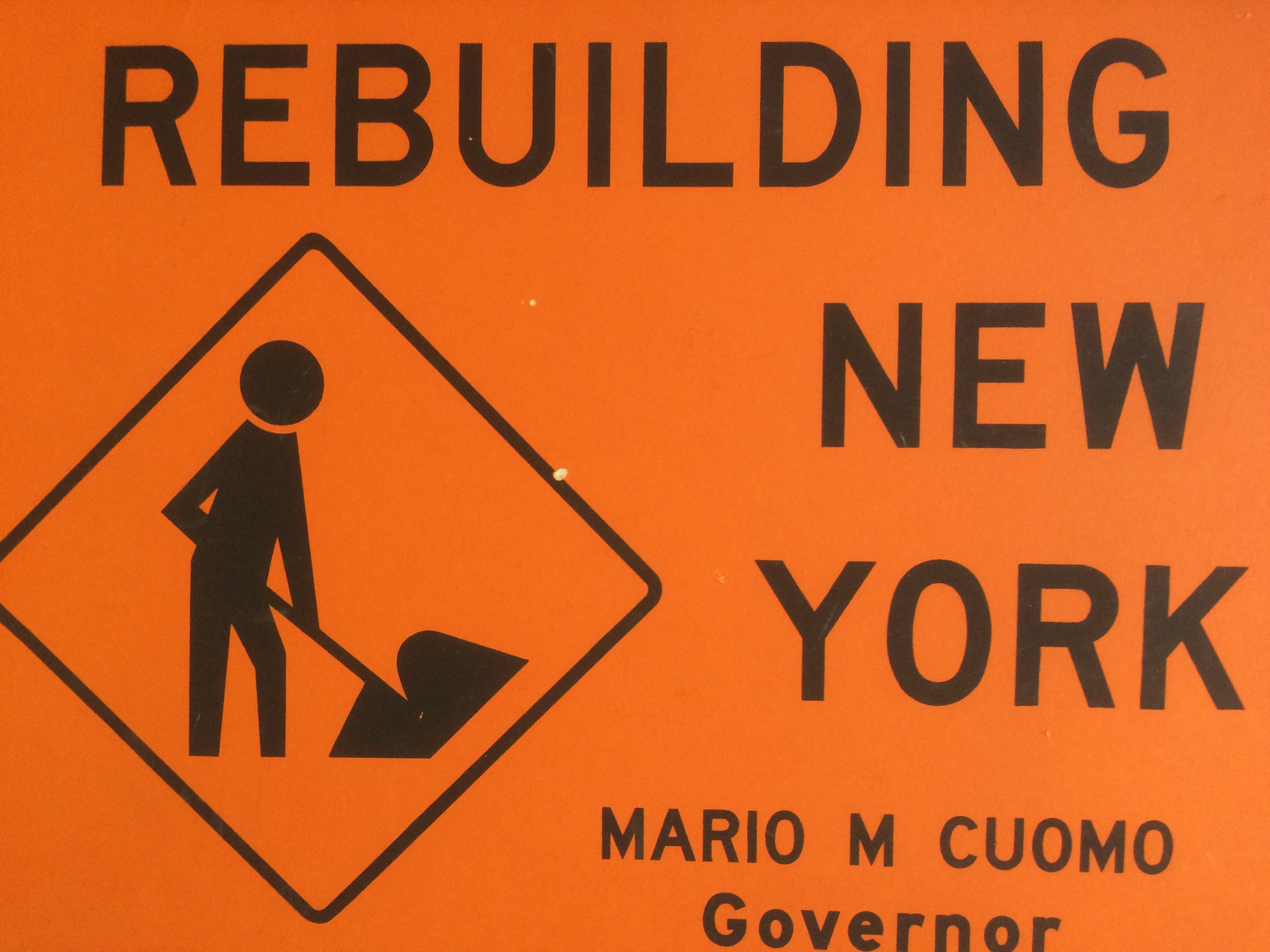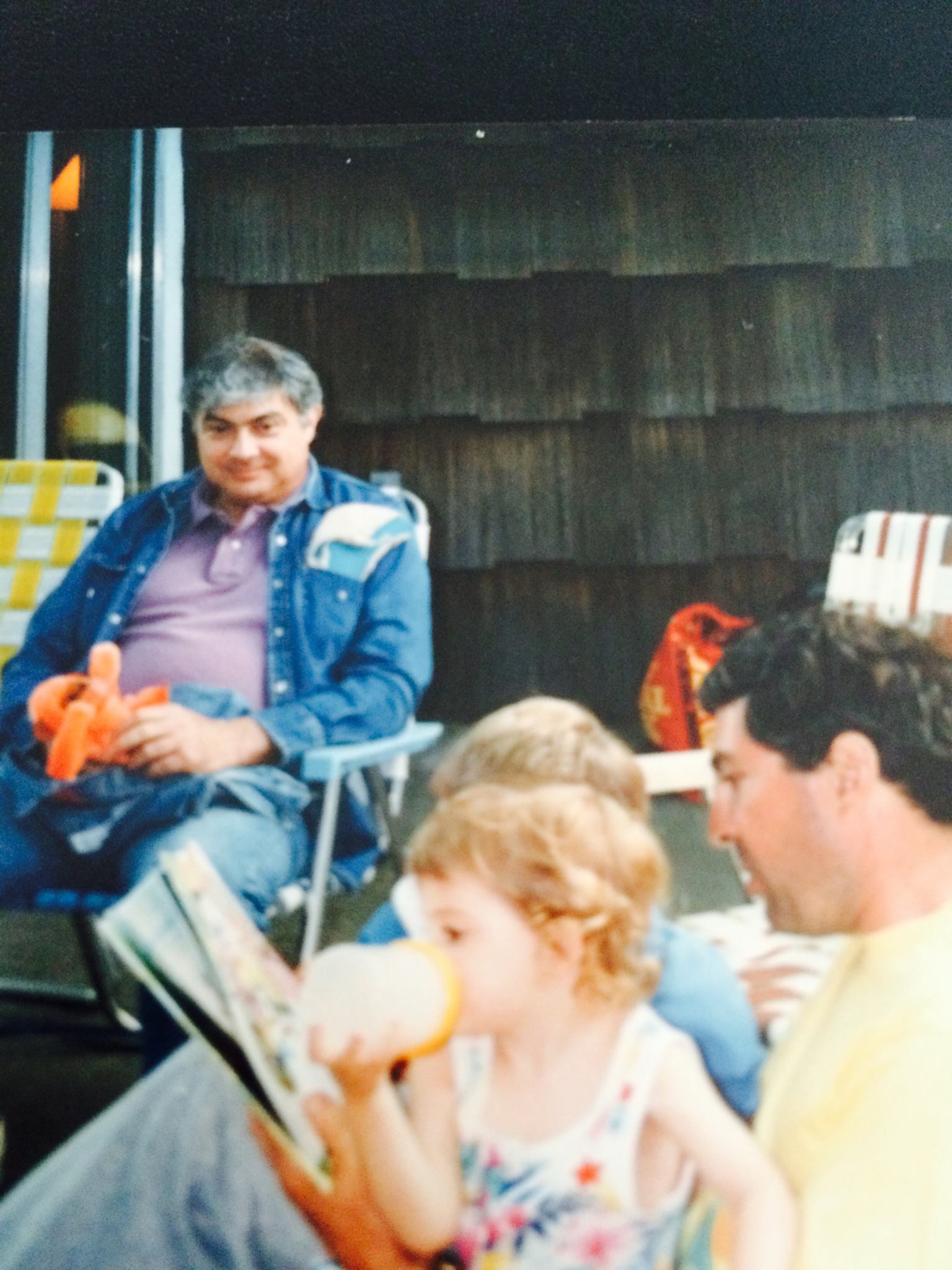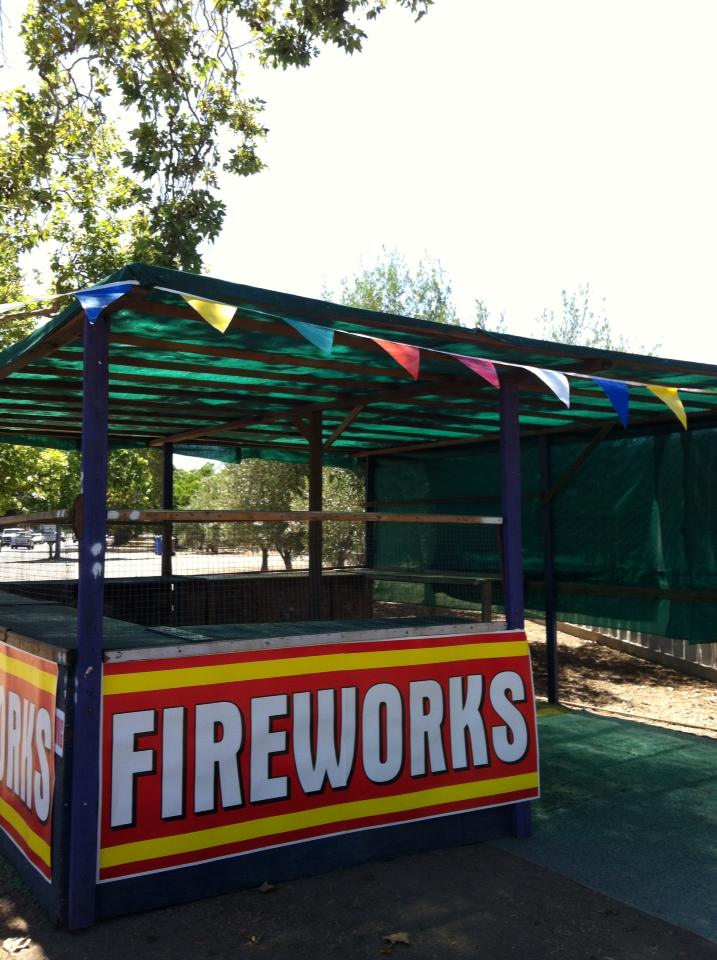Now that the decades long dream of building a new LaGuardia Airport, took a giant step closer to reality this week, with Governor Andrew M. Cuomo declaring the $4 billion project as “happening,” something else has to happen.
The new LaGuardia Airport, when completed in 2021, should be named after Mario M. Cuomo, the public official who paid more attention to the airport and its impact on the New York Metropolitan region than any other elected official since, well, Fiorello LaGuardia.
LaGuardia Airport’s past is as storied as it’s dependably dismal performance for 27 million passengers (in its last full year, 2014) has been pilloried. Built on the site of Queens County’s old Gala Amusement Park in 1929, the airfield was first opened for private use only and named after aviation pioneer Glenn H. Curtiss. A few years later, it was renamed the North Beach Airport.
In 1937, New York City took control of the airport—located only 8 miles from Manhattan– expanding it by filling in several hundred acres of waterfront. Two years later, when it opened to commercial air traffic for the first time, it was renamed the New York Municipal Airport/LaGuardia Field, in honor of the incumbent Mayor, who would have personally landed every plane, if he didn’t have the nation’s largest City to run. LaGuardia’s fascination with flying was legendary. During World War I, the “Little Flower” was commissioned into the U.S. Air Service, just a few months after being elected to Congress, and commanded a unit of American bombers.
A decade after New York City took ownership of the airport, the City entered into a lease-agreement to run it with the Port Authority of New York/New Jersey, and has just extended their joint operating agreement through 2050.
But, it was Mario M. Cuomo as New York State’s Governor from 1983-1994, who brought the same kind of public-spirited passion to improving and “Rebuilding” New York’s infrastructure, that LaGuardia did. Cuomo recognized, decades before most elected officials were paying attention to the issue, that the nation’s infrastructure was crumbling, no where more noticeably—and with more profound consequences—than in 300 year-old New York City. He championed “Rebuild NY” bond issues, and understood clearly the connection between public works, public/private partnerships, economic development & job creation.
For his entire 12 years as Governor, Mario Cuomo championed a “New, New York,” tailoring specific economic development programs and ready-to-go infrastructure “Rebuilding” projects to every region of the State. A frequent critic of the Administrations of Ronald Reagan and George H.W. Bush, Cuomo eloquently argued that they would spend “billions on bailing out banks and the rich, but not one cent for rebuilding roads and bridges.” His “progressive pragmatism” was, in fact, a continuation of the structural rebuilding of America, started under FDR, and advanced by Mayor LaGuardia.
“Nobody notices when you fix the underside of a bridge that’s crumbling,” Cuomo would say to me, as we traveled to numerous “Rebuild New York” events on Long Island. “But it’s the kind of work that we are paid to do.”
Mario Cuomo’s links to LaGuardia Airport were substantial, and went beyond his envisioning transportation links between LaGuardia and JFK airports to Manhattan—at a time when most politicians and pundits belittled the “Train to the Plane” idea as a pipe dream. In his first term, Delta Airlines opened Terminal D, at the East End of the Airport. During Cuomo’s third term, Delta Airlines expanded their shuttle service to Boston, DC, and Chicago out of the now-historic Marine Air Terminal.
I was with Cuomo in 1992, when he cut the ribbon on U.S. Air’s brand, spanking new Terminal C, opening 21 new gates and bringing more shuttle service to the bustling Northeast corridor. Cuomo looked approvingly at the gleaming new facility, and what he saw were more jobs for working people. He knew intuitively that the airport was an engine of economic opportunity, creating 10,000 jobs at LaGuardia itself, generating 10 times as many local jobs and pumping some $14 billion into the regional economy.
Naming the “New” LaGuardia Airport after Mario M. Cuomo would be a fitting tribute to a working-class public servant from Queens, who viscerally understood the value to each one of us of building– from the ground up, or the underside of bridges, if necessary– a better future.



